All products featured are independently chosen by us. However, SoundGuys may receive a commission on orders placed through its retail links. See our ethics statement.
How to connect your gaming headset
For all their simplicity, sometimes getting a gaming headset to actually work on your platform of choice is oddly complicated. Maybe there’s a mic on your PC’s webcam hijacking your audio input, or some dropdown menu in your Playstation 4’s settings menu. This stuff shouldn’t be complicated, but sometimes it is.
Don’t worry, we’re here to help. Here’s how to connect your gaming headset, whether you’re playing on PC, Playstation 4, Xbox One, or Nintendo Switch.
Editor’s note: This post was updated on September 12, 2023, to include the Xbox Series S/X consoles and to adjust wording in some areas.
How to connect a gaming headset to PC
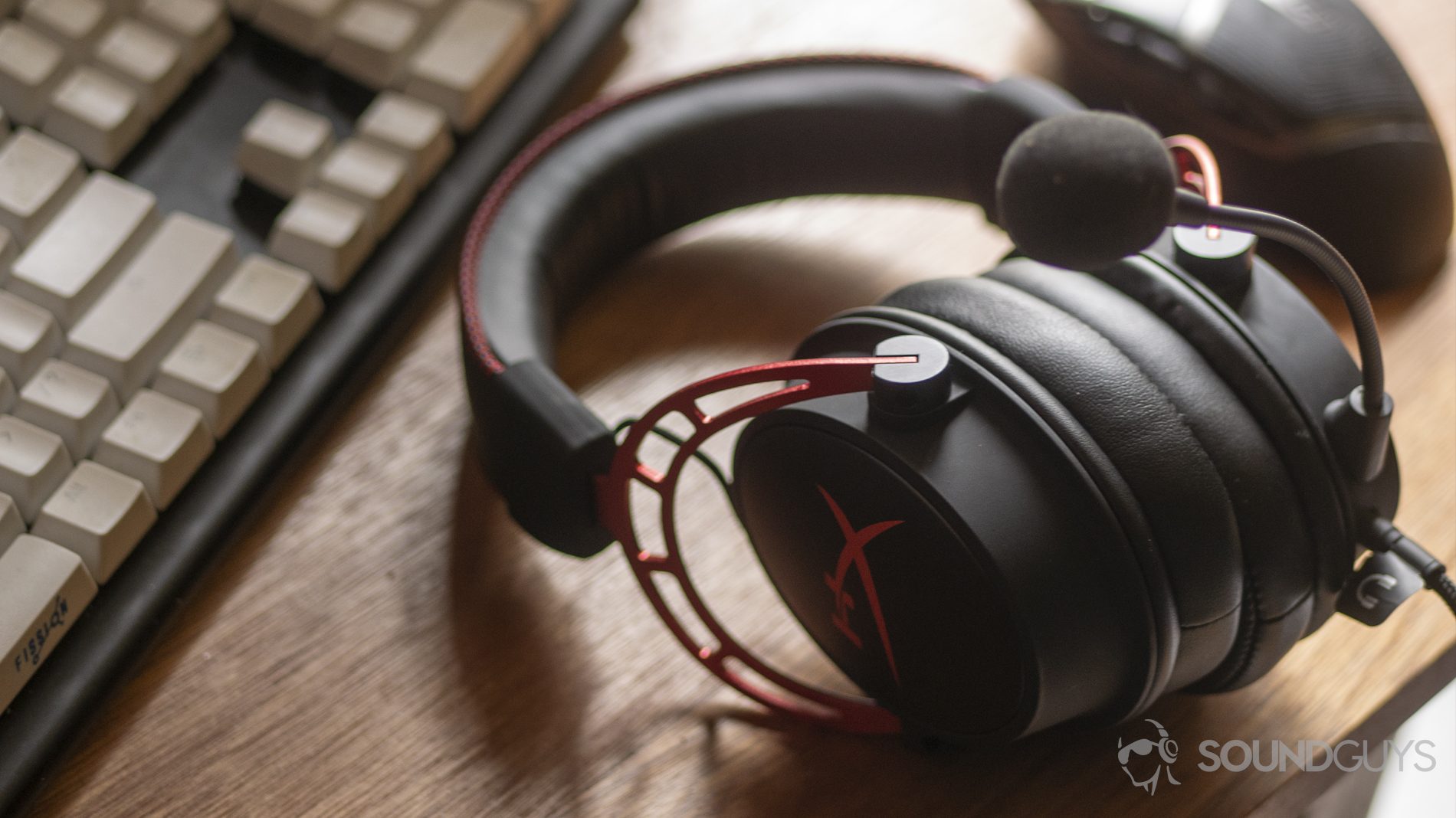
This one’s dead simple. Most of the time, all you have to do is plug a headset in and it’ll work. Depending on how involved the headset’s features are, your computer might need to install some drivers, but that should be an automatic process.
After everything’s installed, just make sure your computer is using your gaming headset for audio input and output. Normally this happens automatically, but sometimes things can get jumbled. Just left-click the little speaker icon on the right and make sure the correct device is selected. It’s also probably a good idea to make sure apps like Discord are also set correctly, so check out the audio settings menu there too.
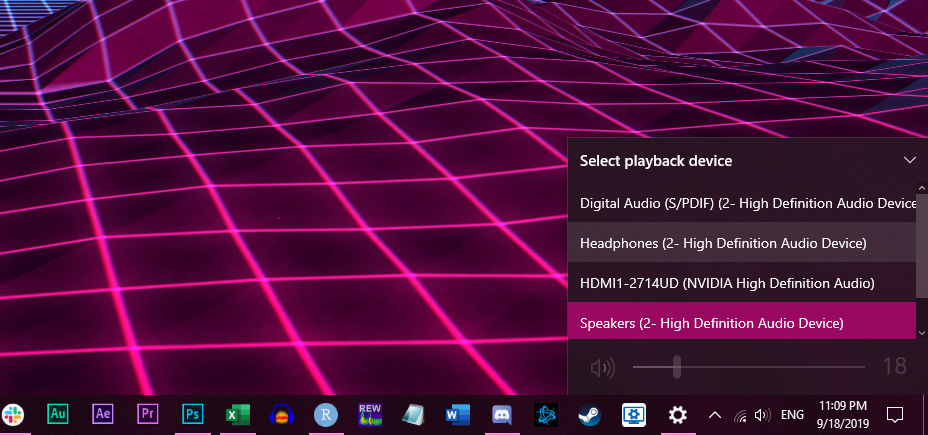
That’s all it takes to get almost any gaming headset up and running on PC, but often there’s actually a little more to accessing its full features. Depending on the model of headset, there may also be a particular app to install. Most of the time, the apps are like Logitech G Hub—mainly meant to keep the LEDs of your various peripherals coordinated. However, sometimes they’re more like Audeze‘s Mobius app (or its identical HyperX Cloud Orbit counterpart), offering customization options for EQ and a host of other features.
These apps are typically optional additions, so you’ll need to read up on your particular headset to see what software is available and whether it’s worth downloading.
How to connect a gaming headset to PlayStation 4
In a broad sense, there are two ways to connect a gaming headset to your Playstation 4—through the controller and through the console. Unfortunately, it’s rarely as simple as just plugging something in.
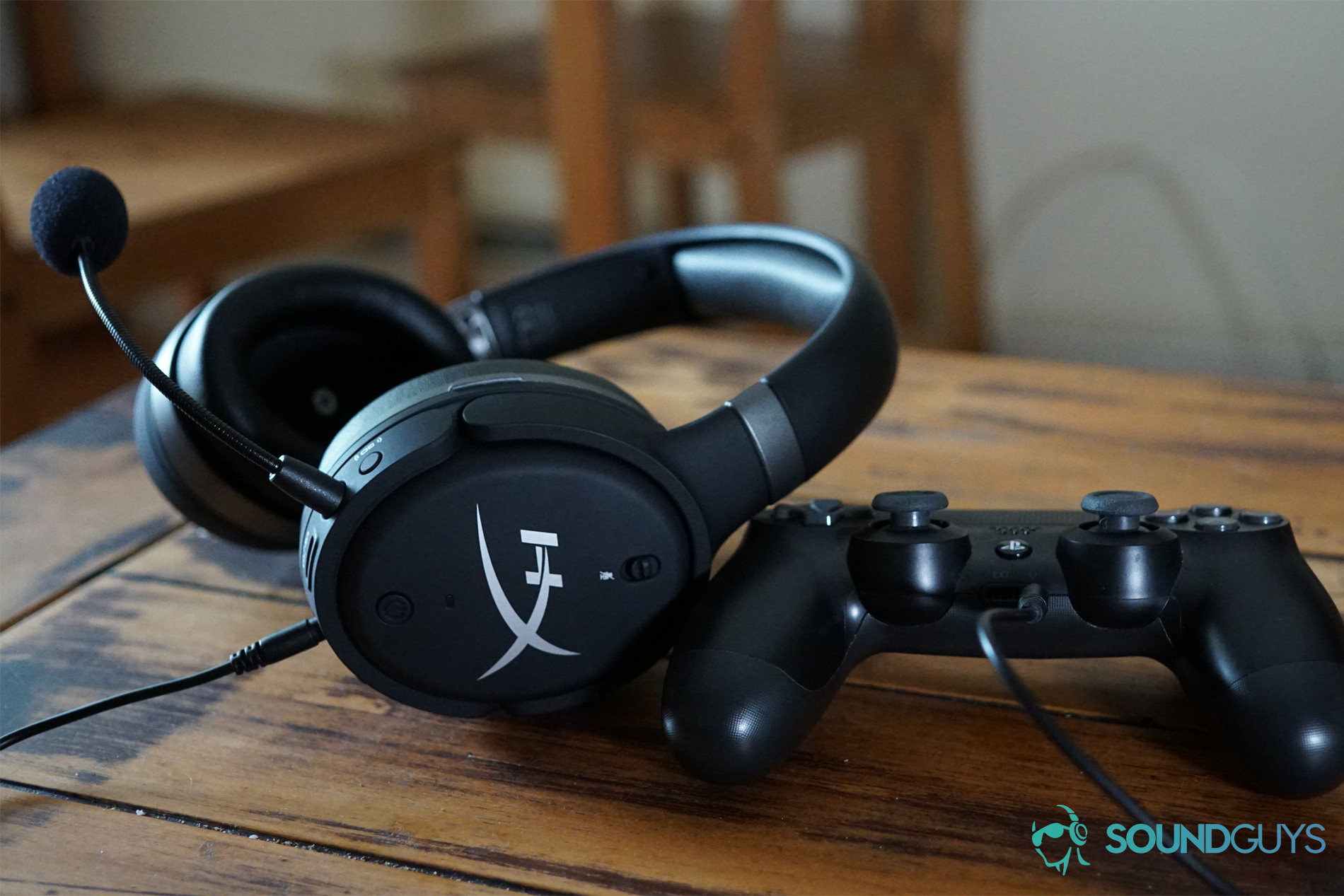
If your headset uses a 3.5mm connection, like many of Razer’s, the first step is plugging it into the bottom of your Playstation 4 controller. Once that’s plugged in, it’s time to go into the settings menu, navigating to Devices page and selecting Audio Devices. Change the Output option to “Headset connected to controller,” if it hasn’t done it automatically. If this headset uses a mic, set the input setting the same option. After that, make sure the Output to Headphones option is set to “all audio.” Once you’ve done that, you’re all set, though if you had to do it all manually checking that “Switch output device automatically” box wouldn’t hurt. If you’re using a USB headset, the process should be pretty much the same, even if you’re just connecting a dongle for a wireless headset.
If your headset uses a base station that requires an optical connection, before doing all the steps above go to the Sound and Screen page in the main settings menu. Then select “Digital Out” for the Primary Output Port. You may also need to change the Audio Format (Priority) setting, but that will be particular to the headset you use, and should be listed in its manual.
Once you’ve done that, you should be all set for gaming on a Playstation 4.
How to connect a gaming headset to PlayStation 5
Connecting a gaming headset to your new PlayStation 5 is very easy. The first thing to do is plug your headset, or its wireless dongle, into the PlayStation 5—either through the 3.5mm jack in the DualSense controller, or via the USB-A or USB-C ports in the front of the console. As soon as you plug in, the console will recognize a headset connecting and switch audio output over to it.
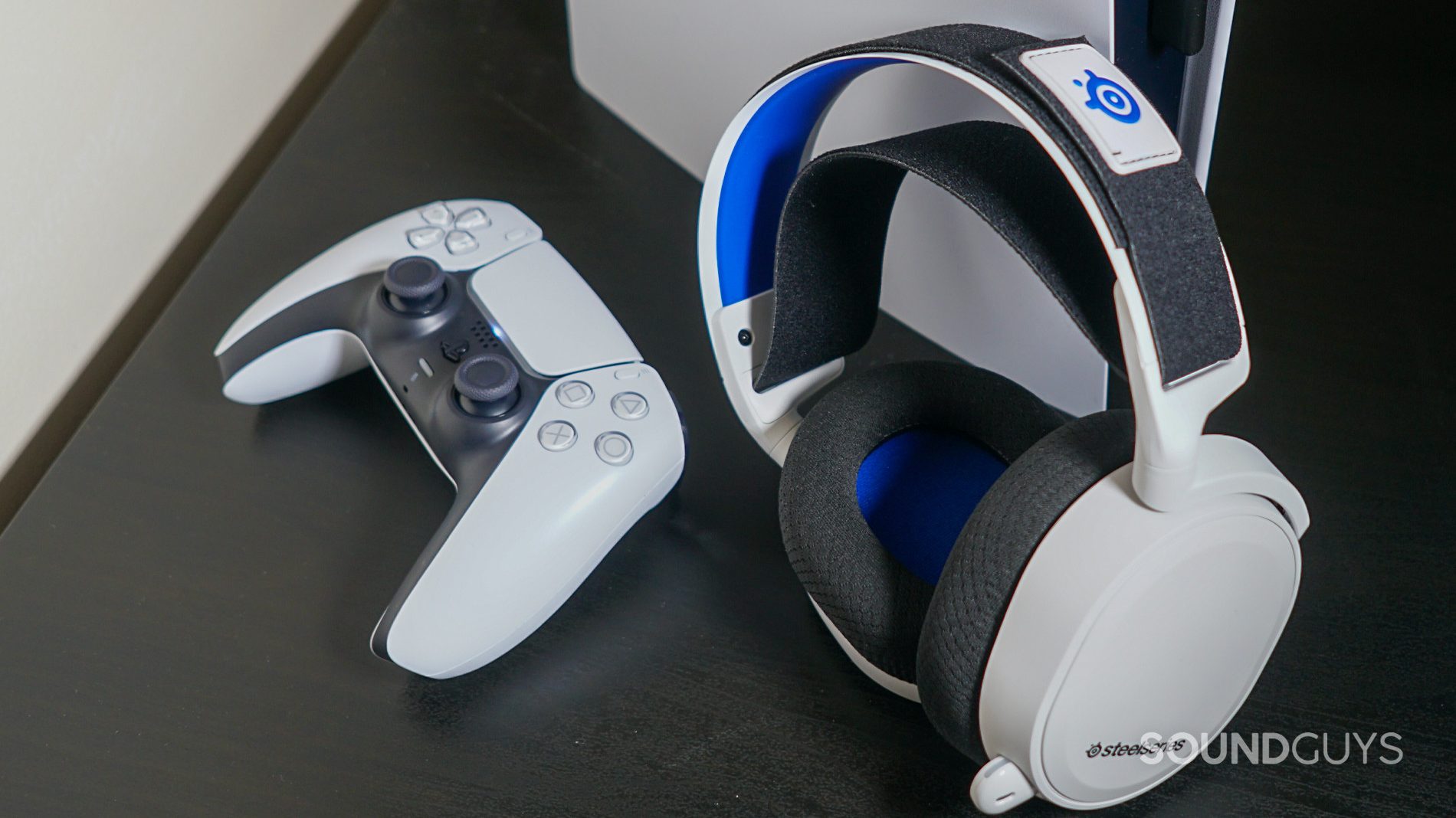
By default, all audio will run through the headphones you’ve plugged in, but you can also set it so only chat audio comes through. Just go to the sound settings through the main settings menu (the gear icon in the top right), and in the headphones section of the audio output page you can switch to chat audio only.
Right below that option is where you can adjust the PlayStation 5’s built-in spatial audio settings. The feature is on by default and compatible with just about every gaming headset, and it brings virtual surround sound to any game programmed to support it. There’s not much in the way of customization, but you can switch between height profiles so the vertical aspect of your game audio sounds correct—just flip through the five height settings and pick the recording of running water that sounds like it’s closest to your ears (it’ll make sense when you do it).
You can adjust your basic audio and mic volume controls via the menu that comes up on the bottom of the screen when you tap the PS button. Just head to the speaker or microphone icon, and you can make quick adjustments. If your headset has on-ear controls, then you probably don’t really need to worry about these menus much, though.
How to connect a gaming headset to Nintendo Switch
Connecting a gaming headset to a Nintendo Switch is simple enough, but the console’s versatile nature means you may need a way to swap between connection options, though there are limits.
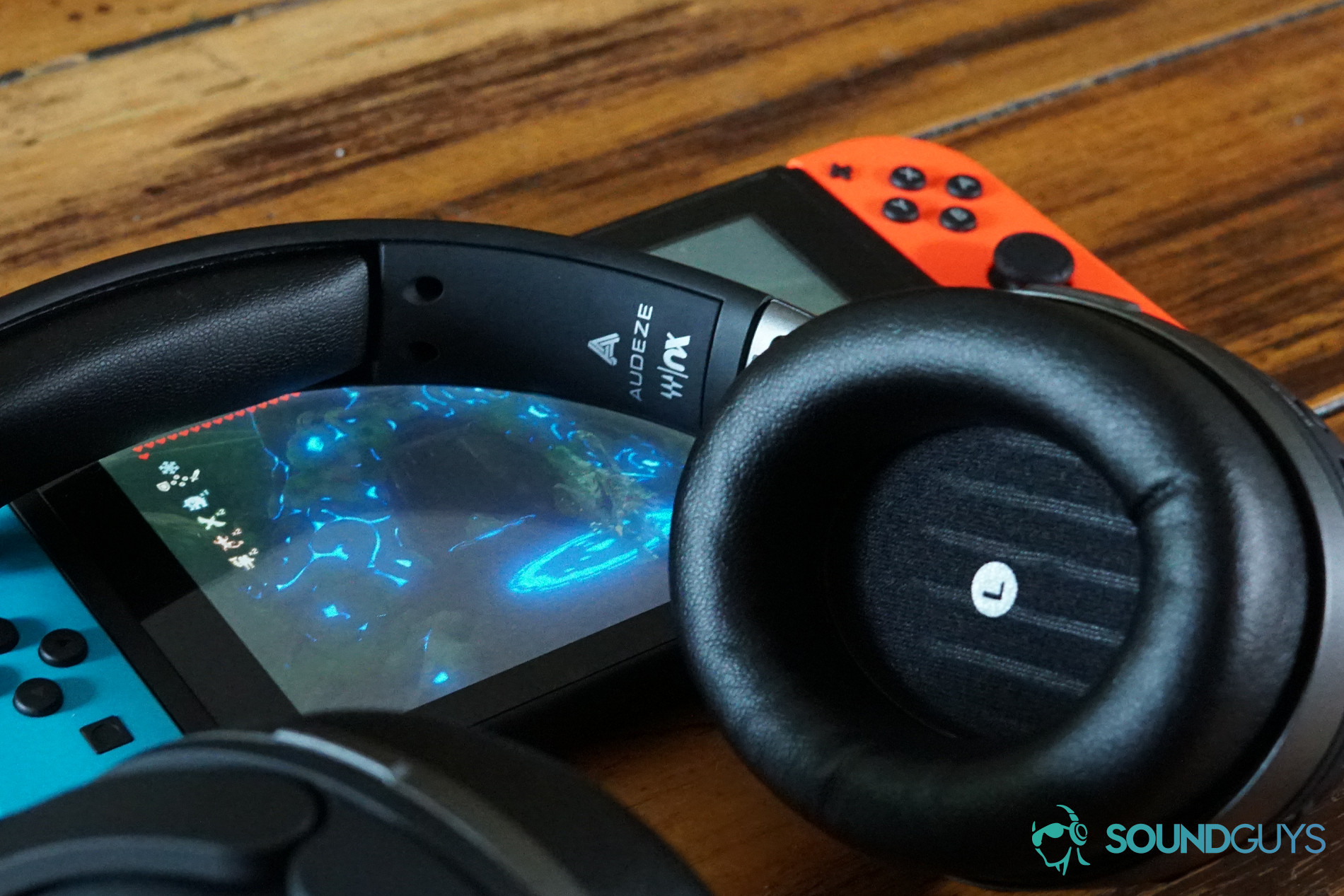
The 3.5mm port on the Nintendo Switch is the only truly universal way to get headphones to to work with the console, but there’s a catch: Most games don’t support a microphone connected in this way, so TRRS plugs aren’t terribly useful, despite the TRRS jack on the console. Nintendo’s solution to voice chat requires plugging compatible headset into your Switch and phone at the same time via a splitter (and a dongle, if your phone doesn’t have a headphone jack).
Once you’ve got everything plugged where it should be (headphones in the console, mic in the phone), link your Nintendo Switch account to the Nintendo Switch Online app. When you launch a game that supports it with the app open on your phone, you’ll be able to start voice chatting. First-party Switch games—made and published by Nintendo—are the main options that use this method, like Super Smash Bros. Ultimate, Splatoon, and Mario Kart 8 Deluxe.
Things have gotten a little better on the USB front in the last couple years. Where initially only a select few wireless gaming headsets worked with the console using a USB dongle, now it’s a pretty safe bet that anything wireless you buy (provided it’s not explicitly for Xbox) will work just fine on a docked Nintendo Switch. Gaming headsets that use USB-C dongles are also becoming more prevalent, and options like the SteelSeries Arctis 7P and Razer Barracuda X will work wirelessly whether the console is docked or undocked—just plug the dongle into the port at the bottom of the Switch when you’re out and about.
Even further, as of a firmware update in September 2021, the Nintendo Switch has become the first gaming console to support Bluetooth audio connections. Connecting is as simple as scrolling down to the Bluetooth Audio tab of the Settings menu and selecting Pair Device while your headphones or earbuds of choice —as long as your audio device is also in pairing mode. However, as easy as Bluetooth is on Switch, there are definite downsides. You’re stuck using the SBC codec (it’s the console’s default, and there’s no way to switch), and audio visual lag is definitely something you’ll encounter. Connecting over Bluetooth also limits the number of JoyCons you can use to two at a time. You also can’t use a microphone over Bluetooth, so voice chat isn’t an option.
3.5mm connections still work just as consistently and simply as anywhere else. The jack on the Switch works while it’s docked, too, though your mileage will vary stretching a cord across your living room. Basically, if you’ve got a compatible headset, it’s always going to be a plug and play affair, but finding the correct headset is a little tricky, and it likely won’t cover every use case.
How to connect a gaming headset to Xbox One or Xbox Series S/X
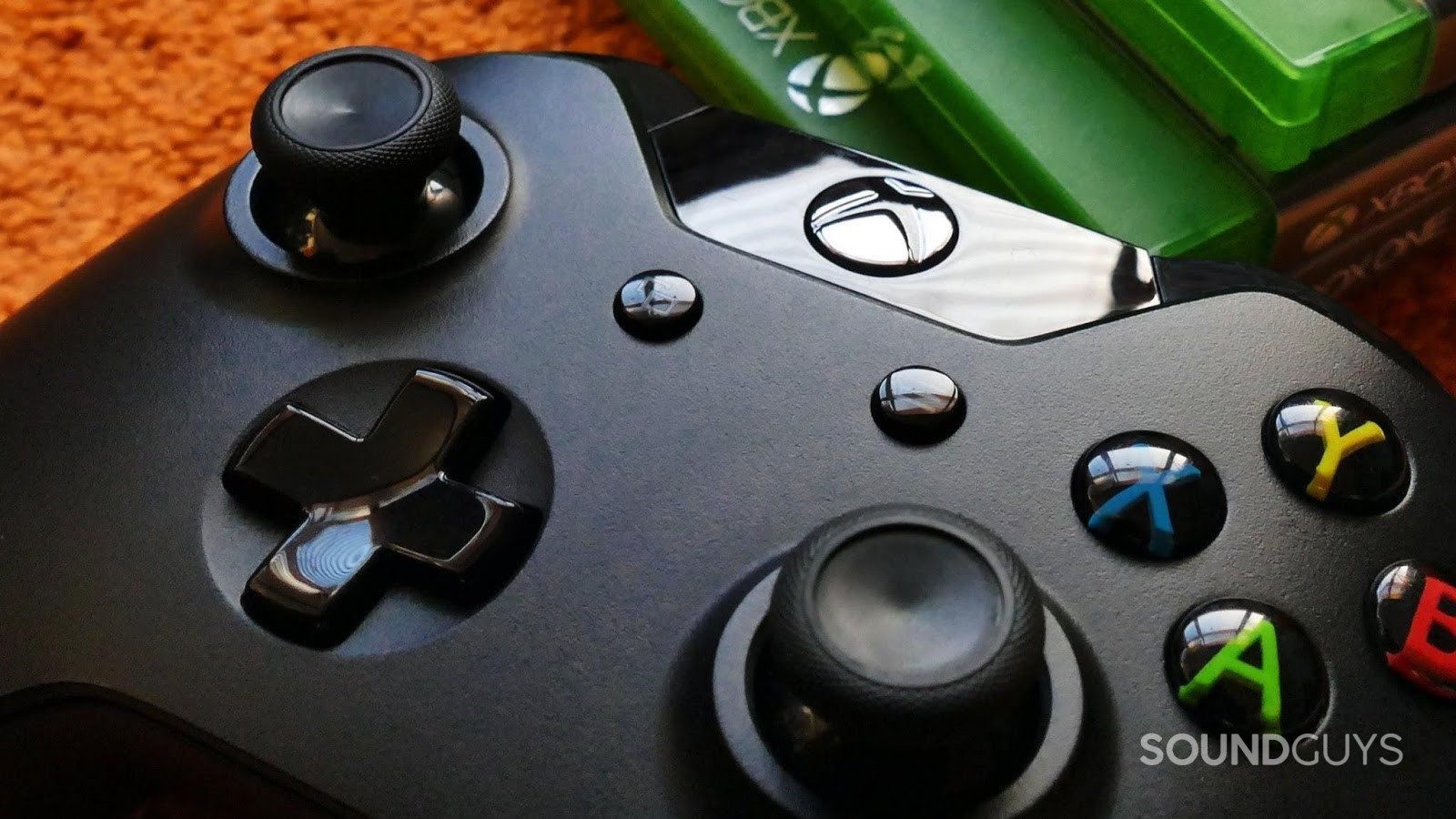
Connecting a gaming headset to the Xbox One or the Xbox Series S/X isn’t any more complicated than the other consoles, but there are a couple of unique options.
Like the Playstation 4, using a 3.5mm gaming headset just takes plugging it into the headphone jack on the Xbox controller. Some older controllers don’t have a built-in headphone jack, so you’ll need to either get a new one or buy one of Microsoft’s adapters.
If you’re using a wired USB headset plugging it into the console should work, as long as it’s compatible. The same applies to connecting a wireless gaming headset to the Xbox. The Xbox One and Series S/X only support non-3.5mm gaming headsets if they’re made specifically for the console, so if your USB gaming headset works on Playstation 4 or 5, it almost certainly won’t work here. If your wireless headset uses additional connections, like an optical cable, head into the settings and change the audio output so HDMI audio is off, and Optical audio is set to bitstream out.
Notably, some wireless gaming headsets bearing the “Made for Xbox” moniker can connect to the console without a dongle or base station using Xbox Wireless. To connect pair compatible headset with an Xbox, first press and release the connect button on the side of the console while it is on, then hold the pairing button (often it’s the power button) on the headset for a few seconds—it varies from headset to headset. When the two devices recognize each other a “headset assigned” message will display on your TV, and you’re all set.
How to connect a gaming headset to your smartphone
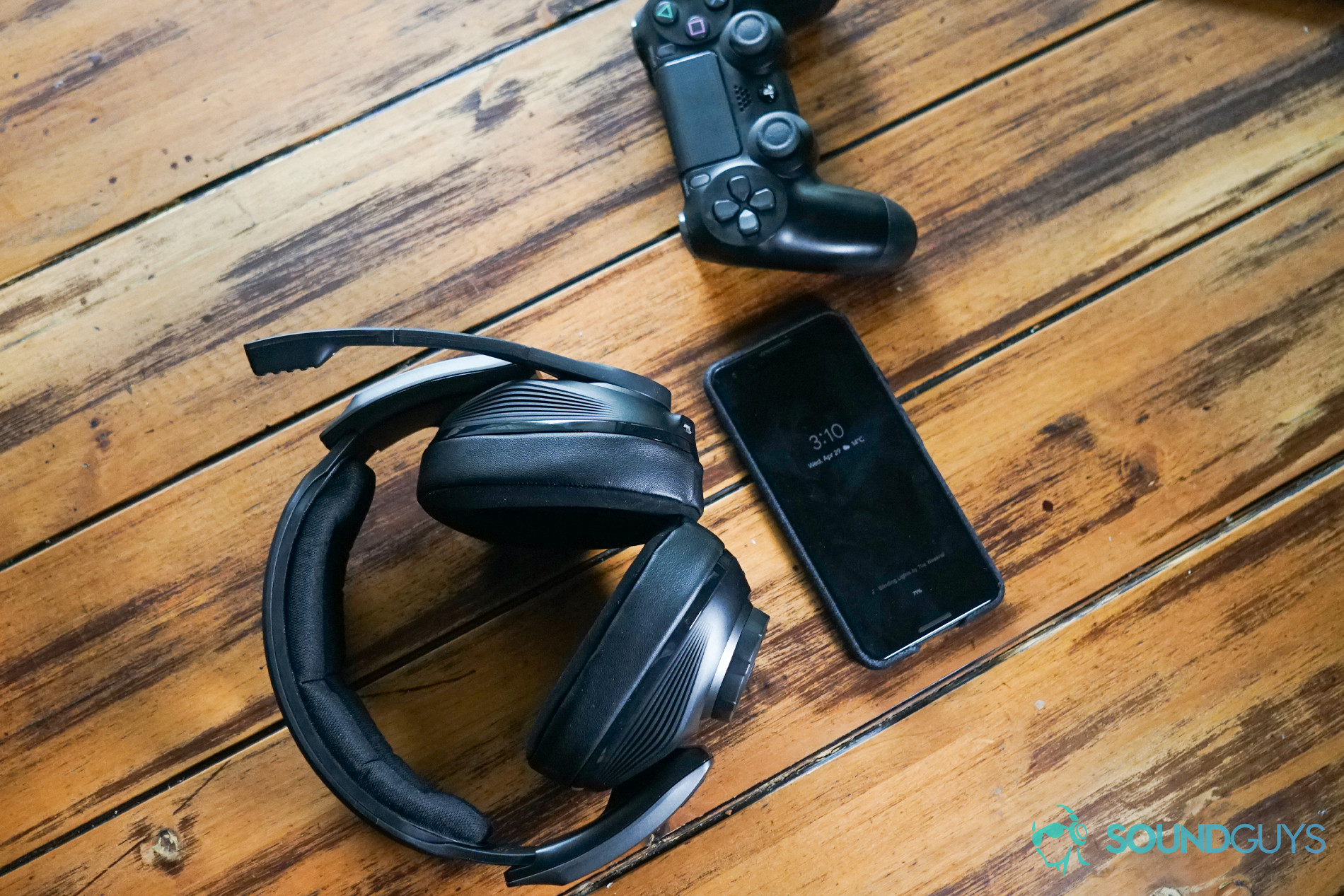
The process of connecting a gaming headset to your smartphone is rather straightforward. If your headset supports 3.5mm connections, all you have to do is connect via your phone’s headphone jack. If your phone doesn’t have a headphone jack built-in, you’ll need a dongle in order to connect your headset.
Additionally, some gaming headsets support Bluetooth connections. Bluetooth isn’t really a connection meant for gaming, as almost all consoles don’t support it, but having the option to connect with a phone when you’re not gaming is a nice additional feature. However, unlike the act of plugging a headset in, there’s no standard of compatibility with Bluetooth.
Headsets like the SteelSeries Arctis 9 and EPOS Sennheiser GSP 670 can handle a simultaneous connection using 2.4GHz for gaming and Bluetooth with a phone, so you won’t miss a call if your phone starts ringing mid game. A headset like the HyperX Cloud Mix requires unplugging all its wires before you can pair it with a mobile device. Each headset also has a slightly different method of pairing—it’s usually some form of holding the power button until something beeps, but make sure to read manual for whatever headset you get.
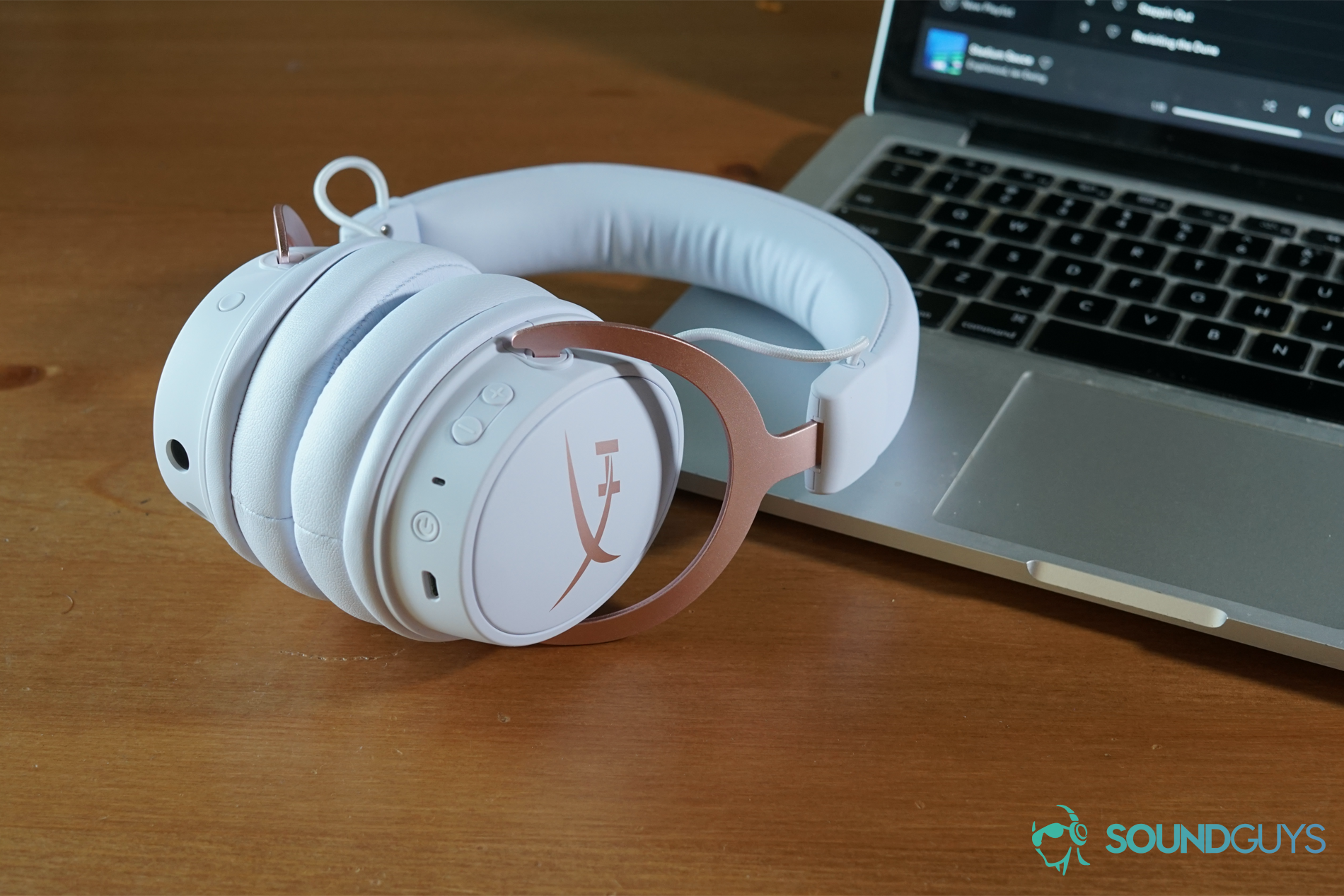
It’s worth noting that gaming headsets tend to have limited functionality when connected to a smartphone. Unless the headset was specifically designed to function with your phone, you may not have access to controls which you would find on a console or PC, such as EQ controls. For more information, it wouldn’t hurt to check your headset’s product page for any details regarding smartphone compatibility.
Frequently asked questions
No.
A USB gaming headset that doesn’t use a 3.5mm connection will never be compatible with an Xbox One controller. However, if your headset features an official “For Xbox” label on its box, it will work with the console. Otherwise, you’re probably out of luck for USB connections.
Gaming headsets will only work with smartphones that support their connection methods. If you’ve got a gaming headset like the HyperX Cloud Alpha, which uses a 3.5mm TRRS connection, any phone with a headphone jack can use it—just plug it in and you’re ready to go. Gaming headsets like the Audeze Mobius or HyperX Cloud Mix can pair with your phone using Bluetooth. Most wireless gaming headsets don’t support Bluetooth, and if yours relies on a USB connection you’re out of luck (Some USB-C connections will work).
Who doesn’t love going back in a time for a little while! Unfortunately, while hooking your older consoles up to a TV is still pretty easy, hooking a headset up to them isn’t. The PS2 supports audio over VGA connection, which is meant for a TV, not a gaming headset. Sony sold an official USB headset, but those are pretty hard to find. These days your best bet is probably to find a pair of headphones that connect to your TV, rather than the console itself. If you’re one of the handful of people still playing SOCOM, the official headset’s pretty much your only option.
If you’ve gone through the steps we’ve outlined in this post and your gaming headset still won’t connect to your Xbox One, there may be a few things going on. If you have a wired or wireless USB gaming headset not made for the platform (as in, there’s no “Made for Xbox” moniker on the box) it won’t work, regardless of the settings. If you have a wired headset that uses a 3.5mm connection, make sure the audio settings of the Xbox are set to allow for headphone audio.
If that’s all in order and it still doesn’t work, it could be a hardware issue—check if your headset works on another platform like a PC. If not, you’re probably in need of a new gaming headset for Xbox One.
If you’re getting audio from your platform of choice, but it doesn’t sound right, there’s likely have issue with either your gaming headset’s hardware or its settings. If you have a gaming headset that supports separate game and chat audio, make sure you’ve selected the correct one for your different sources. If none of that helps, there’s some more info here.
Generally, any USB headset not made specifically with the Xbox One in mind is not compatible with the console. We can’t test every pair of headphones out there, but if the “Made for Xbox” branding isn’t anywhere on the box, it’s a safe bet it won’t work.
If you’re using a wired USB headset, make sure it’s one made for your platform of choice. Headset’s made for the Playstation 4 won’t work on the Xbox One, and vice versa. If you have a 3.5mm gaming headset and it isn’t connecting, head into the audio settings and make sure the output is set correctly. If it still doesn’t work, you may have a hardware issue on your hands.
Yes! These days, quite a few gaming headsets support simultaneous connections using their primary method as well as Bluetooth. Most of the time, it’s dead simple—just go through the process outlined by the headset and follow our instructions for the platforms we list here and it ought to work. Great options that offer this are the EPOS H3 Hybrid and H3Pro Hybrid, the SteelSeries Arctis 9 Wireless, and Razer Kaira Pro, to name a few.